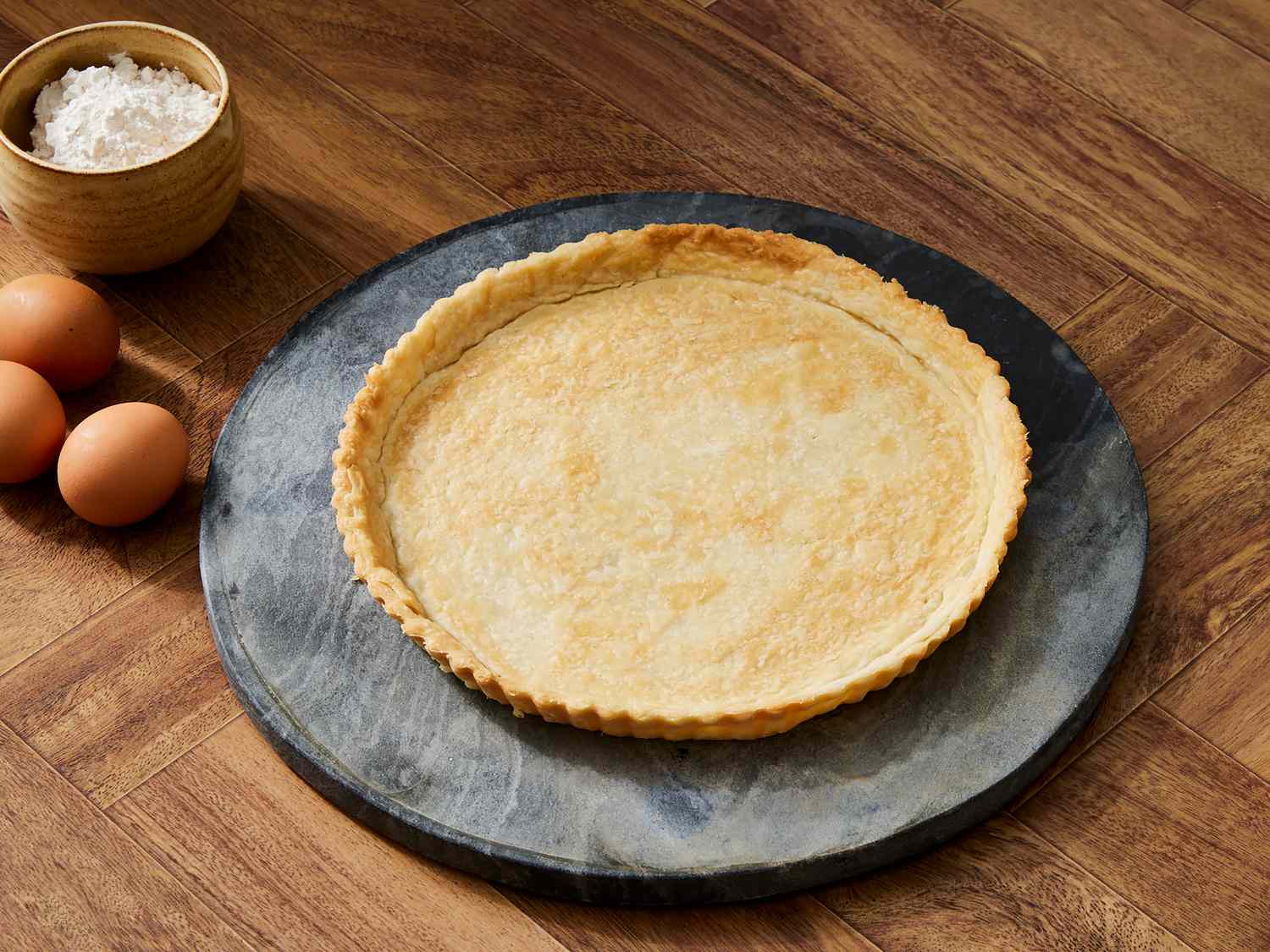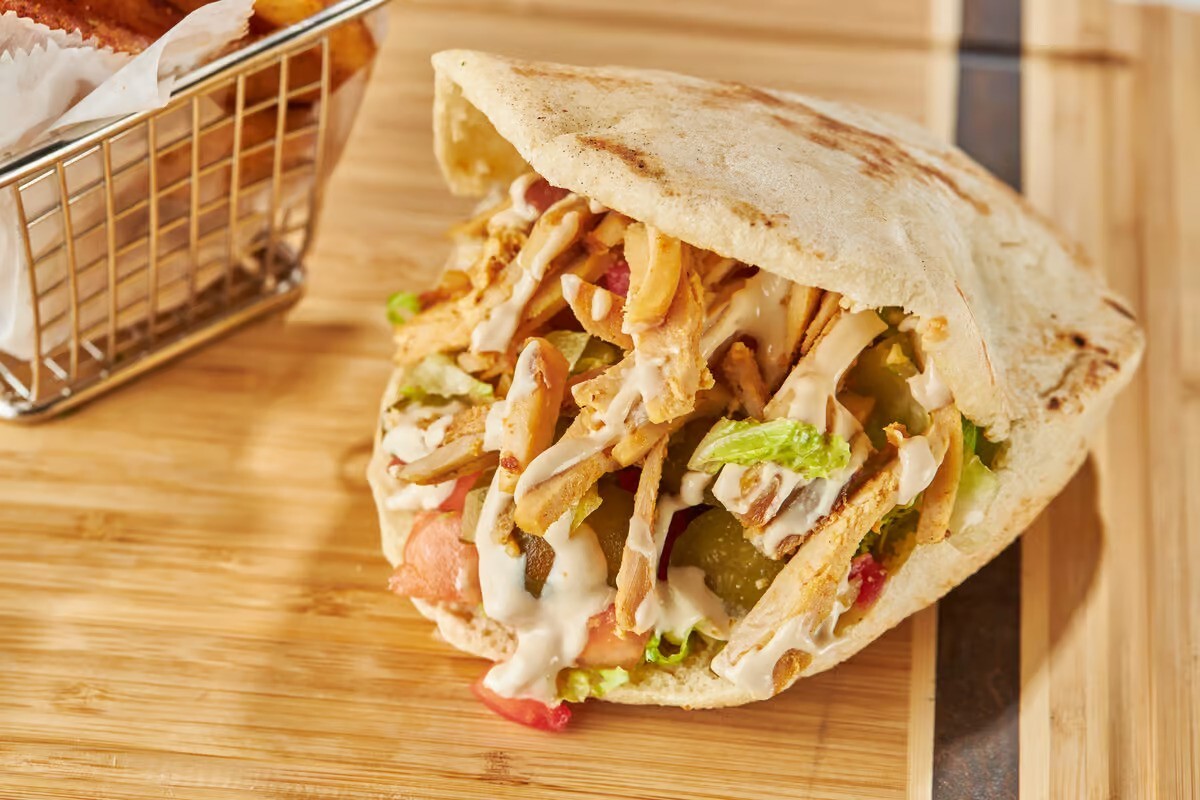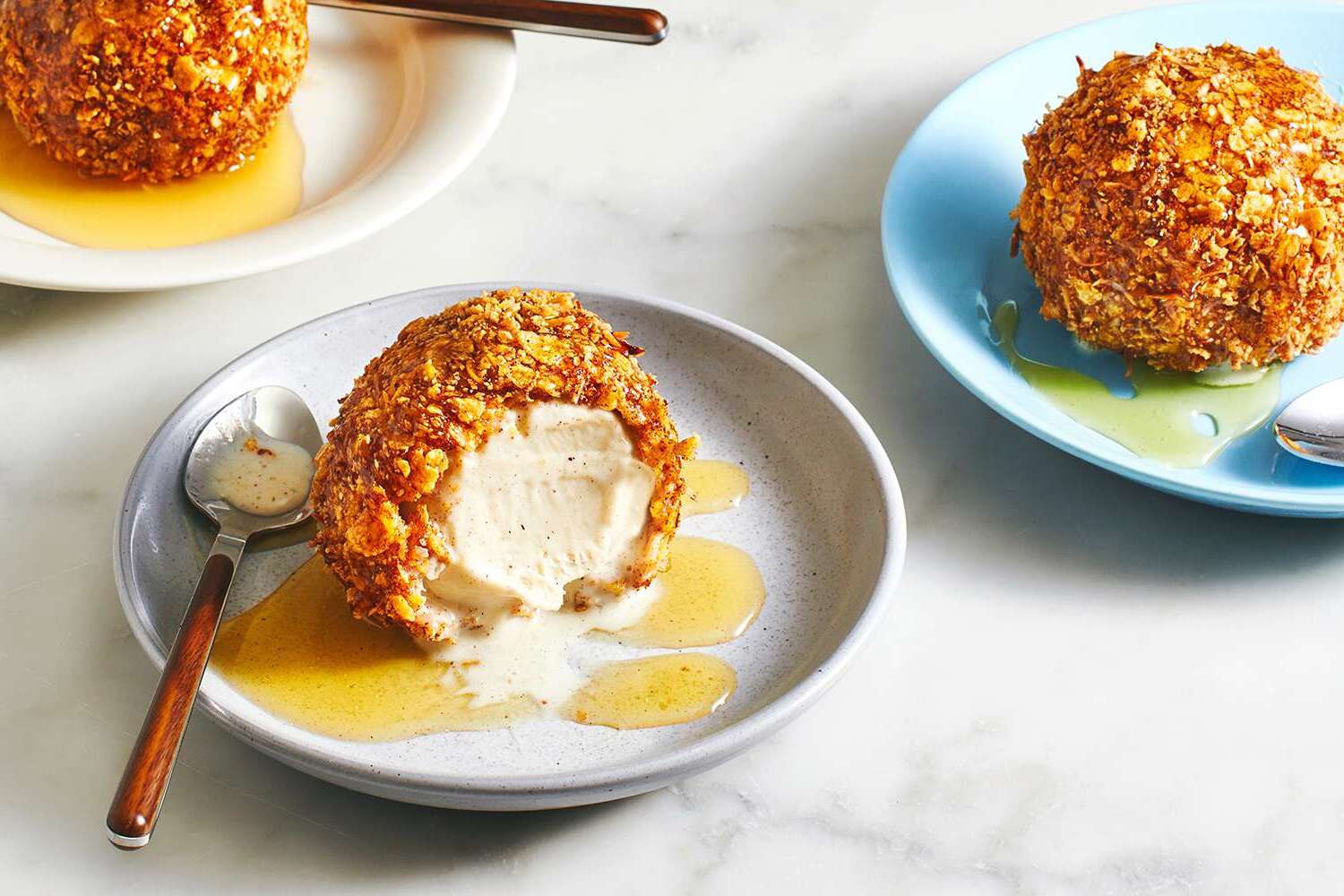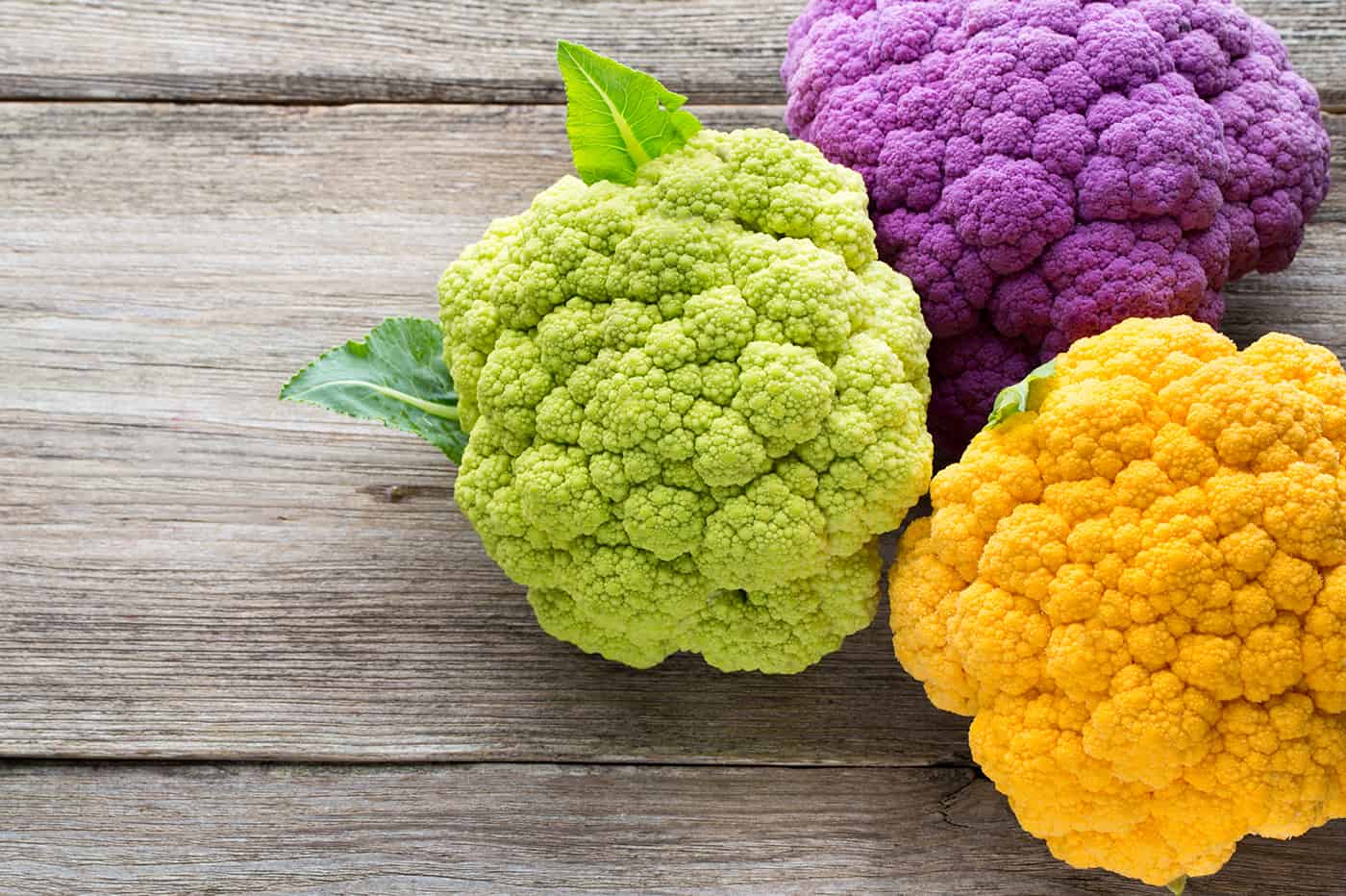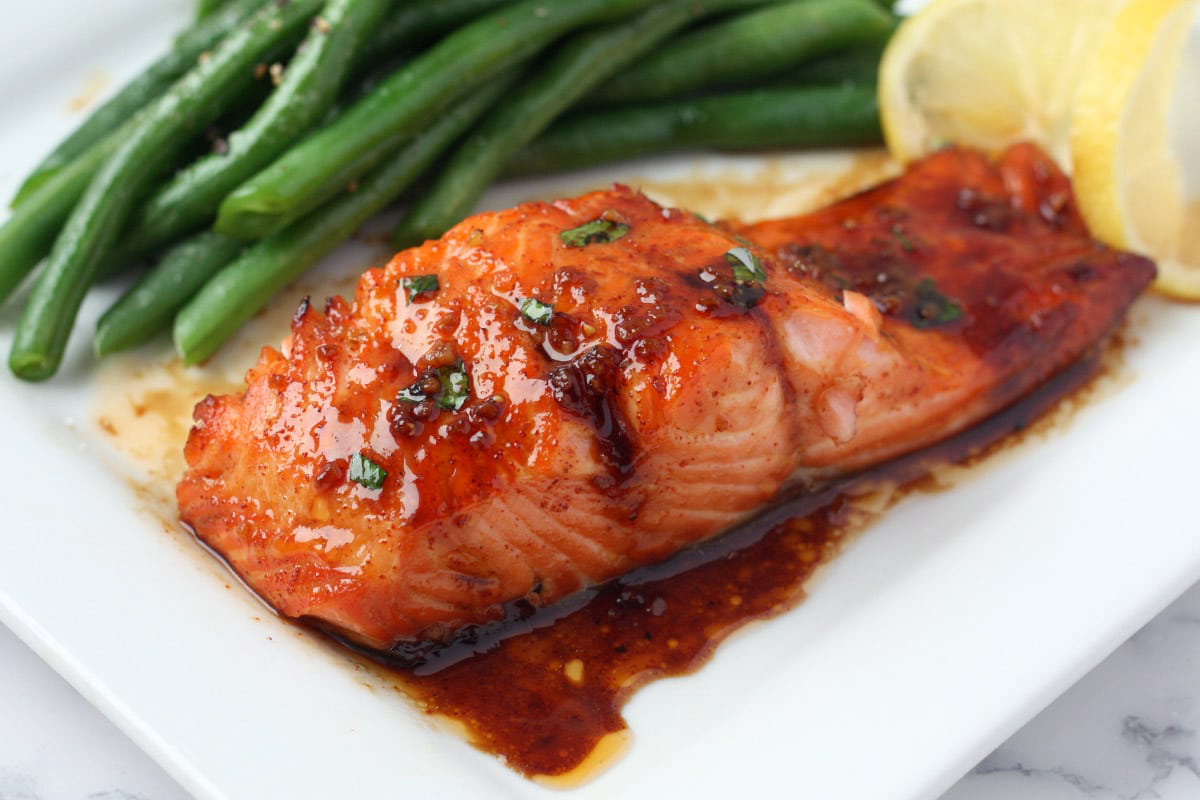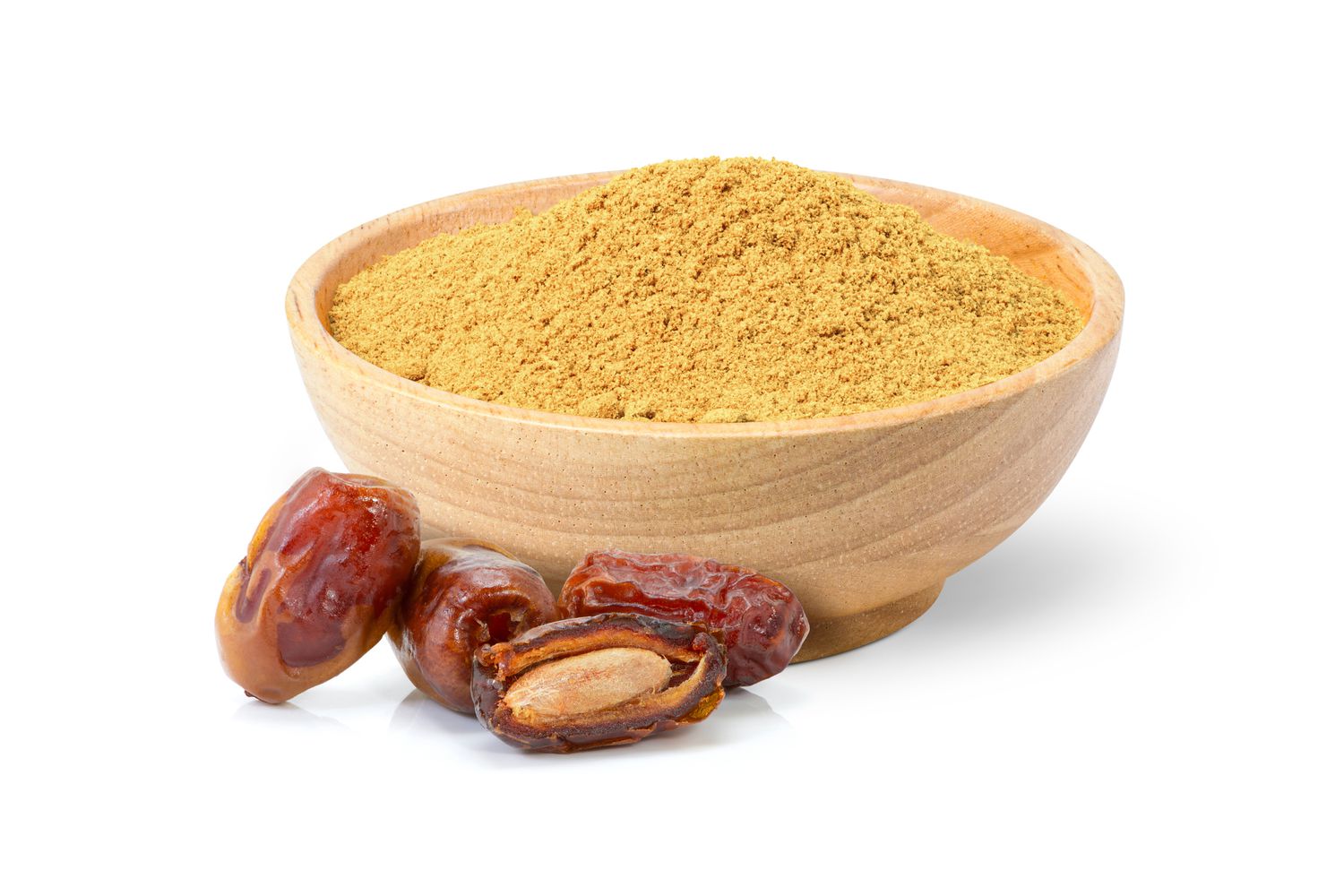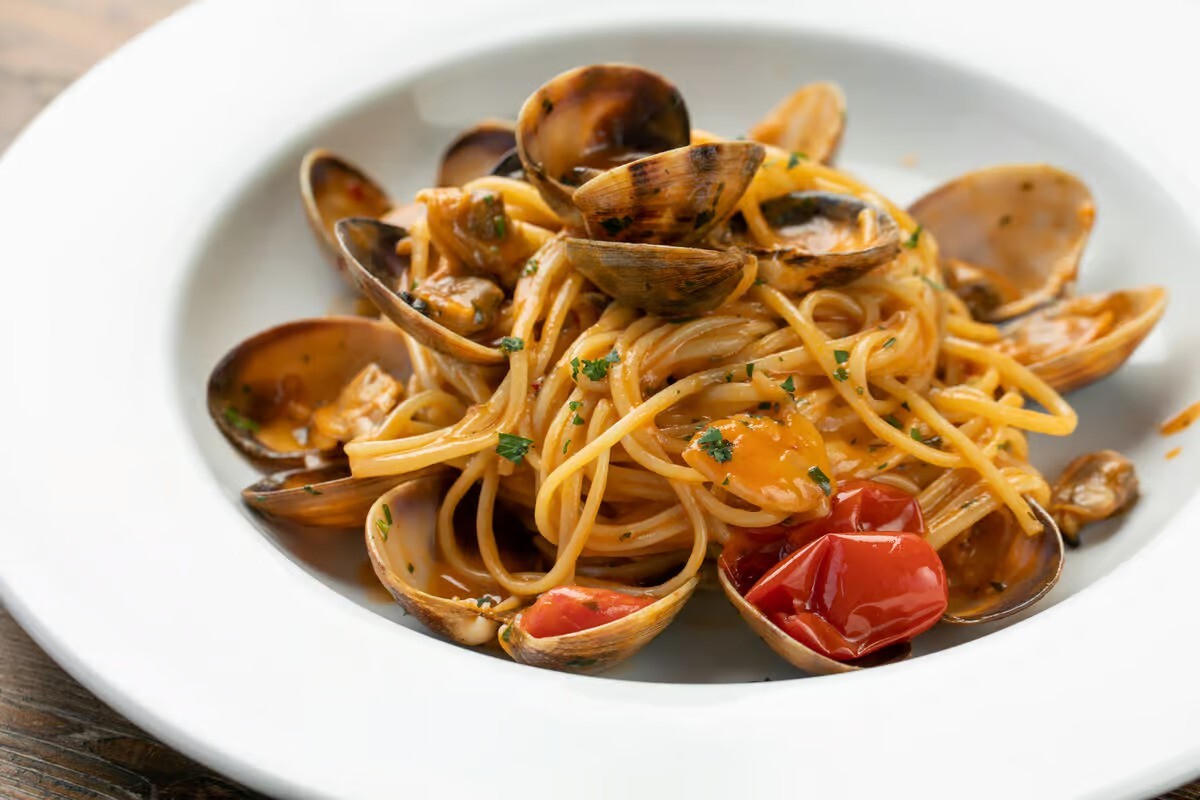When it comes to Italian cuisine, pesto sauce is a beloved and versatile ingredient that adds a burst of flavor to a variety of dishes. Whether you're a fan of traditional Italian cooking or simply enjoy exploring new flavors, understanding what pesto sauce is and how it can be used in cooking is essential. In this article, we'll delve into the world of pesto sauce, exploring its origins, ingredients, and popular uses.
Origins of Pesto Sauce
Pesto sauce originates from the northern Italian region of Liguria, specifically the city of Genoa. The word "pesto" is derived from the Italian verb "pestare," which means to pound or crush. This refers to the traditional method of preparing pesto sauce, which involves crushing the ingredients together to create a flavorful paste.
Ingredients
Pesto sauce is typically made from a few simple yet flavorful ingredients, including:
- Basil: Fresh basil leaves are a key component of pesto sauce, lending it a vibrant green color and a distinct herbal flavor.
- Pine Nuts: These small, creamy nuts add a rich, nutty flavor and a subtle crunch to the sauce.
- Garlic: Aromatic and pungent, garlic adds depth and complexity to the sauce.
- Parmesan Cheese: The salty, savory flavor of Parmesan cheese enhances the overall taste of the pesto.
- Olive Oil: High-quality olive oil binds the ingredients together and contributes to the sauce's smooth texture.
Making Pesto Sauce
The process of making pesto sauce is relatively simple and can be done using a food processor or a mortar and pestle. Here's a basic recipe for homemade pesto sauce:
- Combine Ingredients: In a food processor, blend together fresh basil leaves, pine nuts, garlic, and Parmesan cheese until finely chopped.
- Add Olive Oil: With the food processor running, gradually pour in the olive oil until the mixture forms a smooth, thick paste.
- Season to Taste: Add salt and pepper to taste, adjusting the flavors as needed.
Uses of Pesto Sauce
Pesto sauce is incredibly versatile and can be used in a variety of dishes. Some popular uses of pesto sauce include:
- Pasta: Toss pesto sauce with cooked pasta for a quick and flavorful meal.
- Sandwiches: Spread pesto sauce on sandwiches or wraps for a burst of flavor.
- Salads: Drizzle pesto sauce over salads or use it as a dressing for a fresh and vibrant dish.
- Pizza: Use pesto sauce as a flavorful alternative to traditional tomato sauce on pizza.
Variations
While the classic basil-based pesto is the most well-known variation, there are numerous other types of pesto sauce that incorporate different herbs, nuts, and cheeses. Some popular variations include:
- Sun-Dried Tomato Pesto: This variation includes sun-dried tomatoes for a rich, tangy flavor.
- Spinach Pesto: A milder, leafy green alternative to basil pesto, perfect for those who prefer a more subtle flavor.
- Walnut Pesto: Substitute pine nuts with walnuts for a unique, earthy twist on traditional pesto.
In Conclusion
Pesto sauce is a flavorful and versatile ingredient that adds a touch of Italian flair to a wide range of dishes. Whether you're a fan of classic basil pesto or enjoy experimenting with different variations, pesto sauce is sure to elevate your culinary creations with its vibrant flavors and aromatic herbs. So, the next time you're looking to add a burst of freshness to your cooking, consider reaching for a jar of pesto sauce or making your own from scratch.
Was this page helpful?
Read Next: What Is The Least Spicy Meat At Chipotle


